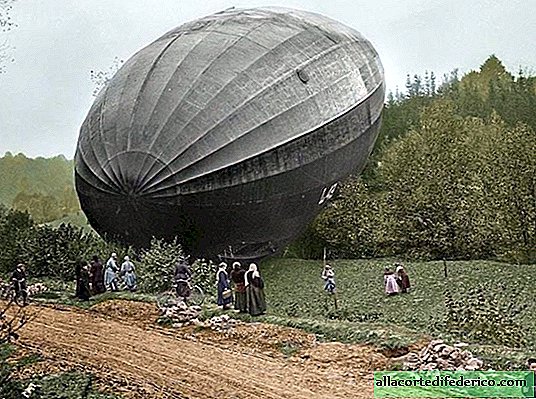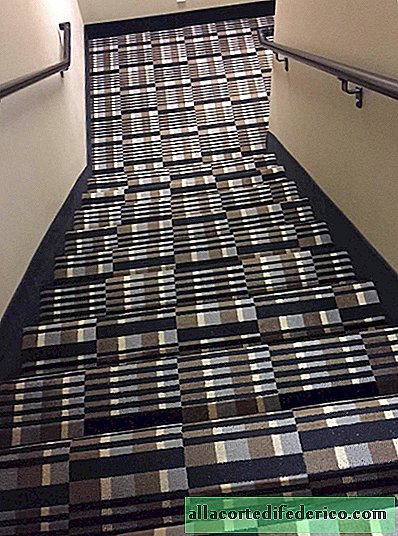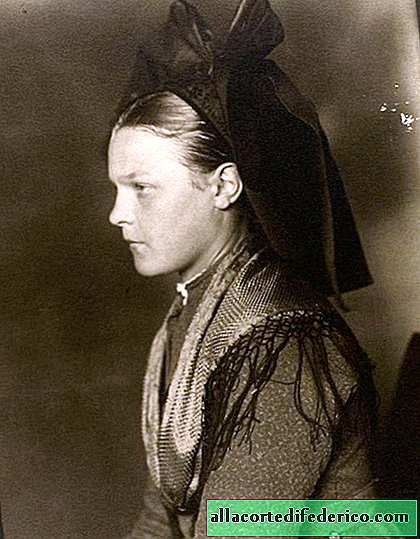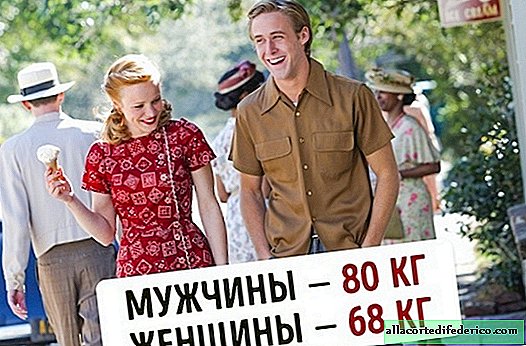What gesture to show for you to understand correctly: a brief history of gestures
Do you know a joke?
One lady asks another:
“What do his gestures mean?”
- Probably, he was tacitly interested in, to be or not to be, who is to blame and what to do.
- With such movements? It looked so indecent ...
So, gestures are that visual language that is very important to use correctly. What seems acceptable to us can be interpreted differently by others. Usually gestures are made with the hand, but in some cases other parts of the body also take part in the message without words. Many gestures have a long history, some related to specific historical events and personalities.
The most common gesture is a handshake.
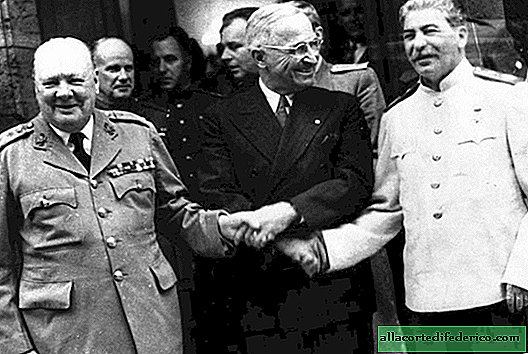 The historic handshake of Churchill, Truman and Stalin
The historic handshake of Churchill, Truman and StalinHandshake
The gesture has been known since ancient Greek times. In the Pergamon Museum in Berlin, on a 5th century BC funeral stone, two soldiers are shaking hands. On the base of the column at the Acropolis Museum in Athens, Hera (wife and sister of Zeus in the Olympic pantheon) is depicted shaking hands with Athena (goddess of wisdom, courage and inspiration). With a handshake, both sides showed that they were equal in status and did not have weapons in their hands. All right, relax.
In the picture “Banquet on the conclusion of the Münster Peace”, Bartolomeus van der Gelst depicted the commanders shaking hands. They had just put an end to the eighty-year war, and the Netherlands became independent from the Holy Roman Empire.
 A fragment of the painting "Banquet on the conclusion of the Münster Treaty" by Bartolomeus van der Gelst
A fragment of the painting "Banquet on the conclusion of the Münster Treaty" by Bartolomeus van der GelstHandshakes between a man and a woman are depicted in many 17th century marriage portraits. In a wedding ceremony, this gesture reinforced the holy union and confirmed the legal obligations of the spouses.
By the way, before the start of sports, the enemy is also supposed to shake hands.
Thumbs up
It is widely believed that this gesture dates back to the time of the Coliseum, when gladiators fought in front of their emperor and thousands of spectators.
The fate of the losing gladiator, as you know, depended on how he fought.
 Frame from the movie "Gladiator"
Frame from the movie "Gladiator"If he had a good show and an impressive sight, most likely, the crowd showed appreciation with a gesture - a finger raised up, which the emperor then confirmed. In this case, the unfortunate was saved. If the finger was down, the gladiator was executed. So we used to think.
In fact, there is no modern evidence for this. Modern historians say that the Romans did not raise their thumb when they wanted to save the life of a gladiator, but hid him, squeezed. That is, they kept him out of sight of the emperor. Thus, he did not have to strain his eyes, looking through the huge arena, and wonder which way his finger was turned. And they raised a finger if they wanted the death of a gladiator.
Buttock demonstration
The exposure of the back in public may have originated in ancient Rome. In 66 A.D. historian Josephus watched Jewish pilgrims heading to the temple during Easter. At this time, unexpectedly, the Roman soldier "raised his clothes, bent in indecent position to turn his back on the Jews, and made a sound corresponding to the pose."
Braveheart, filmed in 1995, talks about Scotland's struggle for independence in the 13th century. So, hundreds of warriors under the command of William Wallace (Mel Gibson) show the same gesture to their English enemies.
But to be precise, according to the chronicle of the historian Peter Langtoft, it was the British who used such insults for the Scots.
The Anglo-Saxon Chronicle (a collection of chronicles in Old English that tells the story of the Anglo-Saxons and was created at the end of the 9th century) says that during the Battle of Crescius (1346), several hundred soldiers "put their backsides before the English archers, and many of which they paid a high price. " The chronicle does not talk about further details.
V sign
There is a popular myth that at the Battle of Agincourt (October 25, 1415), the French chopped off the index and middle fingers of the right hand to English and Welsh archers so that they could not shoot from the bow. Those, for their part, before the start of the battle scoffed at the French, raising their two fingers up: "You have not cut off our fingers, fear the enemies!"
However, as shown in the Psalter of Luttrell (a hymnal belonging to Sir Jeffrey Luttrell, manor lord in Lincolnshire) and confirmed by the chronicler Jean de Wavren, three fingers are used when shooting from an English longbow.
Most likely, it is no longer possible to establish the true origin of this sign, but it is still actively used in our time.
In the video, you can see how the eighty-year-old Baroness Trumpton showed the “Victoria” sign to Lord Tom King in the House of Lords, when in 2011 he dared to notice that the survivors of World War II now look very old.
Greeting
According to one theory, this sign arose in the medieval period, when the troops wore a metal helmet with a visor that could be raised. During the review, an order was given, and the visors had to be raised up so that the commander could identify the owner.
Be that as it may, the greeting that we know arose much later, in the 18th century, when the flat hats worn by the grenadier guards were replaced by bulky conical ones. Since these new hats were fastened with chin straps, it was difficult to lift them up to greet anyone. Therefore, the guards simply touched them with a short sharp movement, as if intending to raise them.

High five!
This hand gesture is now used worldwide as a greeting or celebration. It is believed that the United States Los Angeles Dodgers baseball team invented it in 1977. Others believe that this gesture came from brokers who for years clapped each other's hands when concluding successful transactions.



